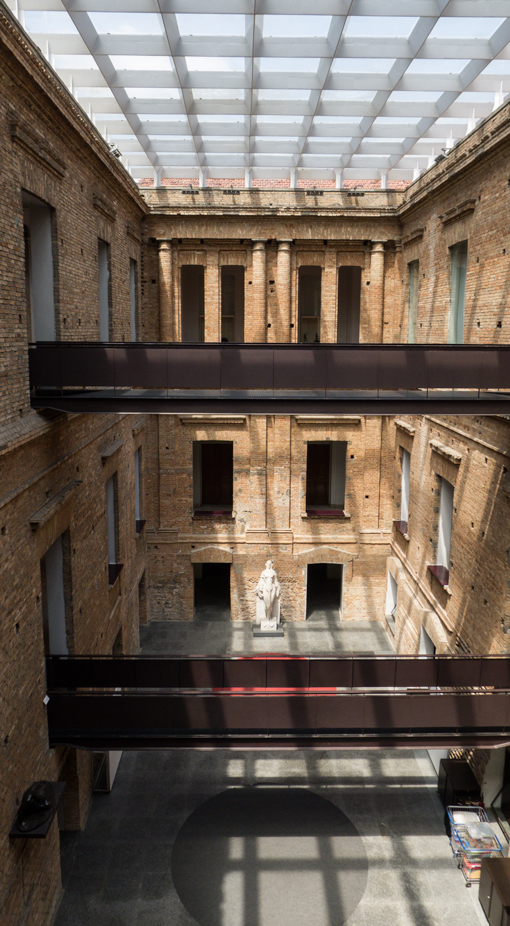Before posting on our latest trip, we thought it is best to put up the remaining Brazilian posts first.
Vila Madalena is an upper middle class neighborhood in the Pinheiros district on the west side of Sao Paulo. It is known for its bohemian lifestyle, galleries, funky shops, and night life. I cannot judge its nightlife since I was only there around lunch time.
Don’t be mistaken by the graphics above. There are currently no tram servicing the area as far as I could tell, no subway either – only buses.
What I saw a lot was street art. These circus-themed pieces wrap around a street corner.
One way to describe the area is “Alphabet city on a hill”. Think NYC’s Alphabet city.
It has a flea market but I could not find it. May be it is the wrong time of the day/week.
It is sad to hear that 5Pointz in Queens, New York is being white-washed and soon to be demolished. I will do a post on it since I took some pictures of 5Pointz a while back.
Vila Madalena has plenty of high rises but is also dotted with houses, some of which have been turned into business premises – art galleries, garages, hairdressers, restaurants.
Among the high rises, I saw several of these designer mid-rises – about 3-4 stories high, residential (I think).
I went to a few galleries which were showing modern pieces. The galleries are quite scattered and not easy to find, for example, there is one hiding behind this light-blue garage door at the end of the driveway.
As I walked by, this bar/club named Favela was cleaning its floor and setting up chairs and tables – looked like it had a big party the previous night.
Vila Madalena reminded me of Palermo in Buenos Aires (Palermo is neater, however) and the Nimanhaemin Road area in Chiang Mai, Thailand.
 The area’s street art is really worth stopping to admire.
The area’s street art is really worth stopping to admire.
It was tiring to explore the area since it is up and down every other block. It made me try the city’s bus service in the end.
No idea what is housed in the building above and the one below.
Definitely a place to see, and I think if you know someone local, it could be a really fun place to hang out in the evening.


















































































